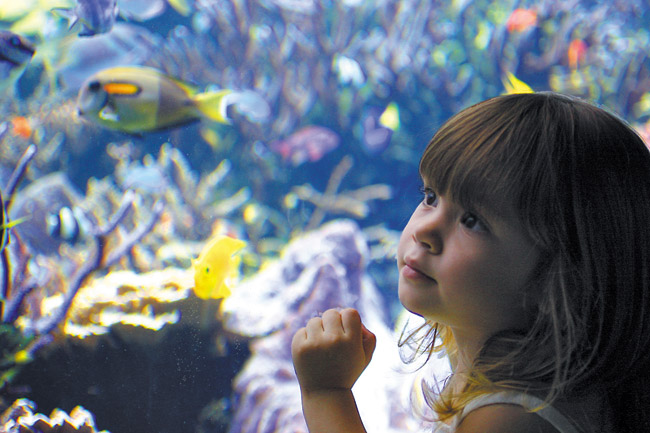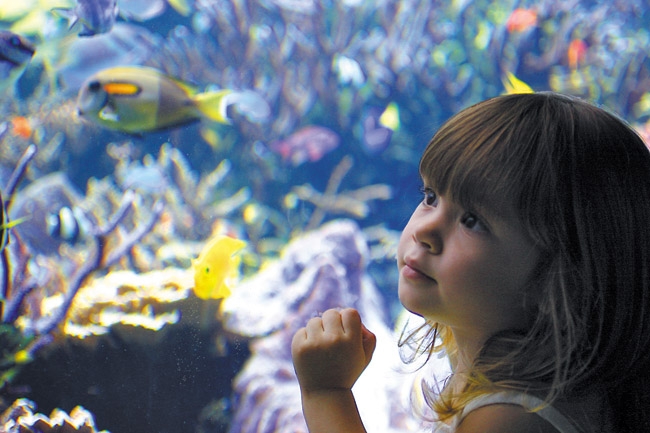Aquarium Celebrates 110 Years
By Dr. Andrew Rossiter
Director of Waikiki Aquarium
When Waikiki Aquarium opened in March 1904 as the Honolulu Aquarium, I wonder how many people expected it would grow into the educational institution and community staple it has become today? Next year will mark the aquarium’s 110th anniversary, and plans are well underway to celebrate this milestone, including signature events such as a high-profile guest lecture series and a gala dinner. The aquarium also will welcome several new exhibits, capital improvements and renovations throughout the facility.
With the closure of the National Aquarium in Washington, D.C., this October, Waikiki Aquarium will become the second oldest public aquarium in the U.S. As the State Aquarium of Hawaii and a proud entity of the University of Hawaii, Waikiki Aquarium relies on the state for roughly 20 percent of its annual operating costs. The aquarium is responsible for raising the remaining 80 percent to balance the books and fund increased and better facilities, education programs and conservation activities. It is our hope that the planned improvements in our 110th year will bring a renewed interest and commitment from the community, enabling us to continue providing public education and conservation opportunities to Hawaii’s marine life.
With the community’s support, we’ve accomplished great things over the years, including a number of “firsts,” such as being the first aquarium in the world to display Hawaiian monk seals and to breed mahimahi; the first in the U.S. to display and breed nautilus; and the first in the U.S. to display black-tipped reef sharks, giant clams, live corals and several species of butterflyfish and angelfish. In addition, the aquarium pioneered the keeping and propagation of corals in captivity; the methods developed here are used today by public aquariums, researchers and hobbyists throughout the world.
Furthermore, the University of Hawaii projects that take place at the aquarium are a great example of how exhibits in public aquaria can aid research and provide otherwise inaccessible data, and also familiarize the public with research being done at the university. Together, this information and increased community awareness ultimately led to better management of coastal reefs and marine life, and restoring ocean ecosystems. Through scientific research, our knowledgeable, expert staff and our ever-expanding volunteer program, we look forward to serving the community as a center for ocean education and conservation efforts for many years to come.







